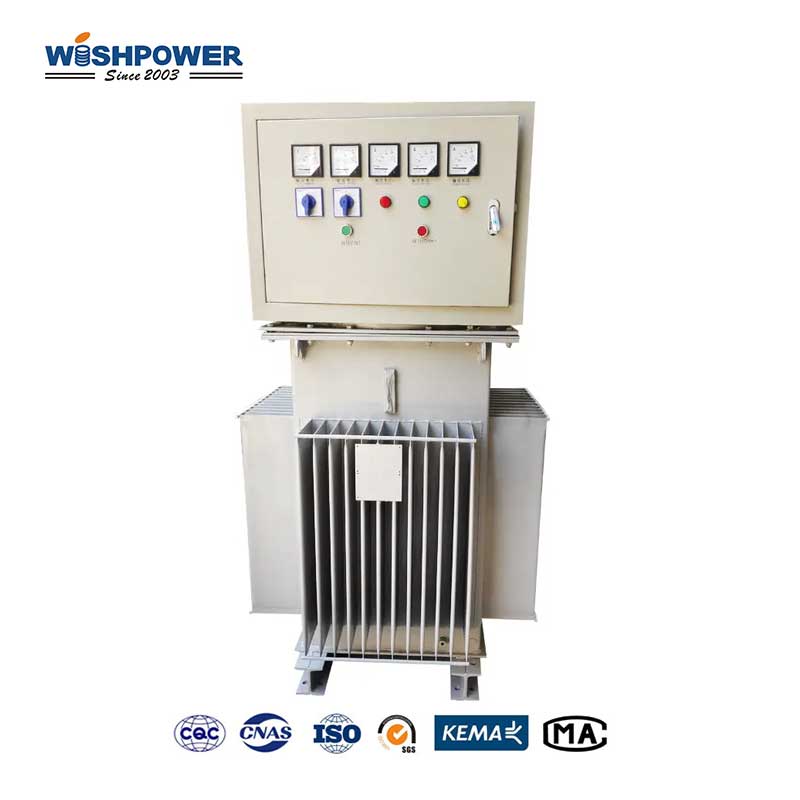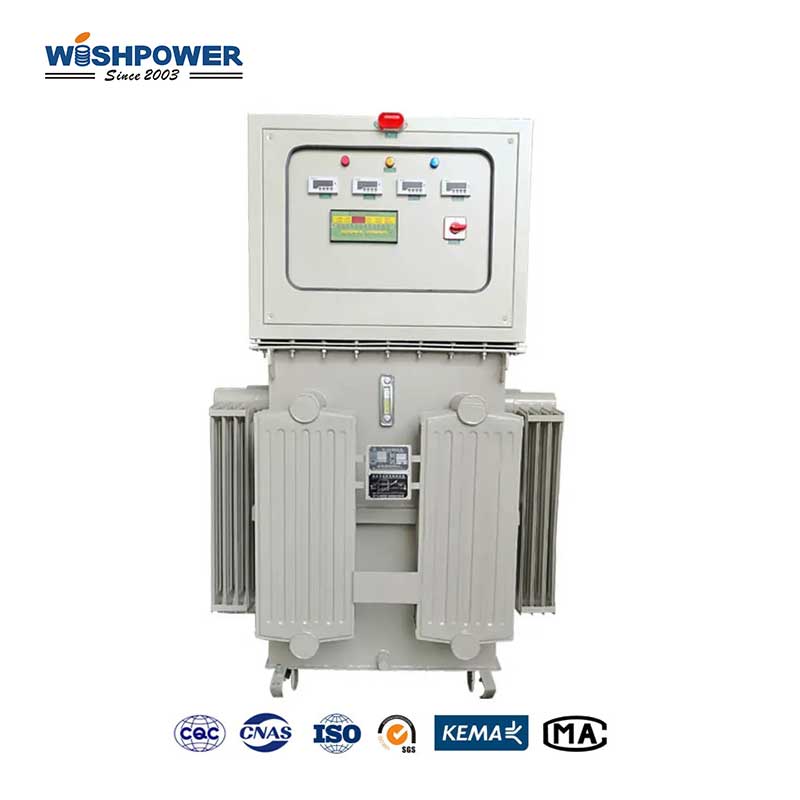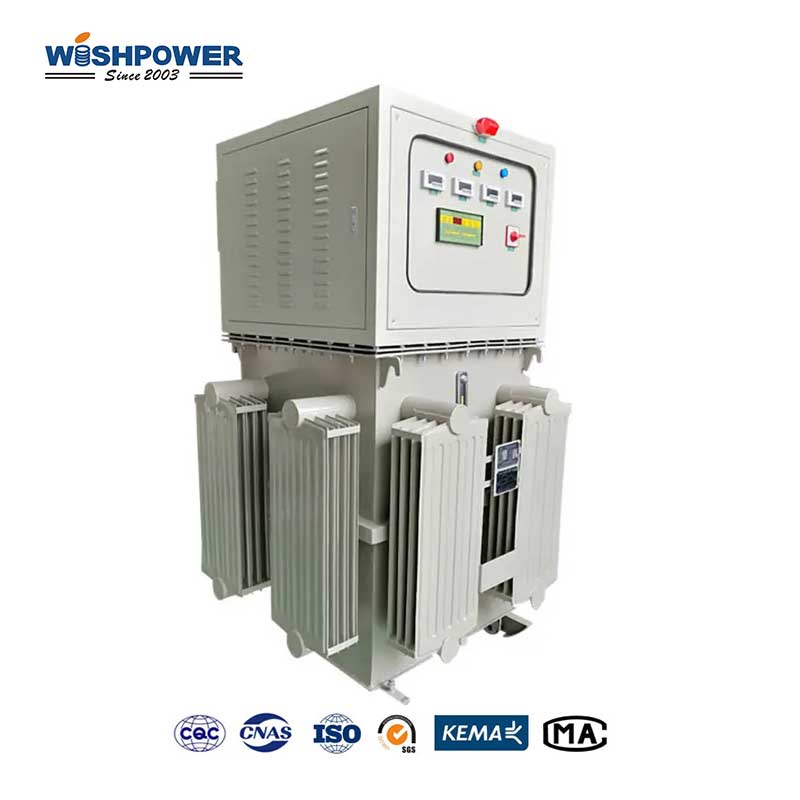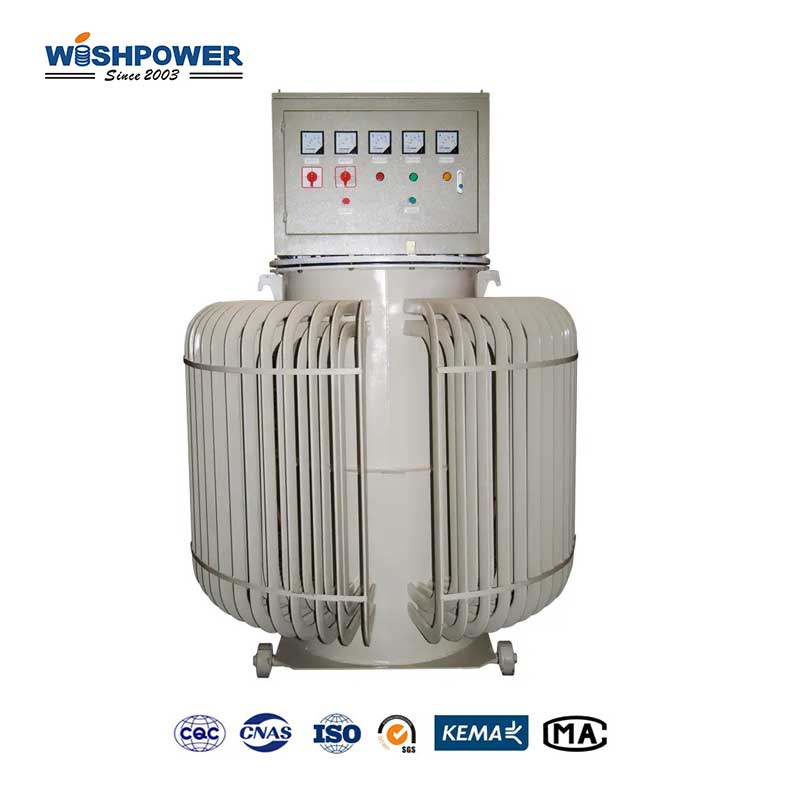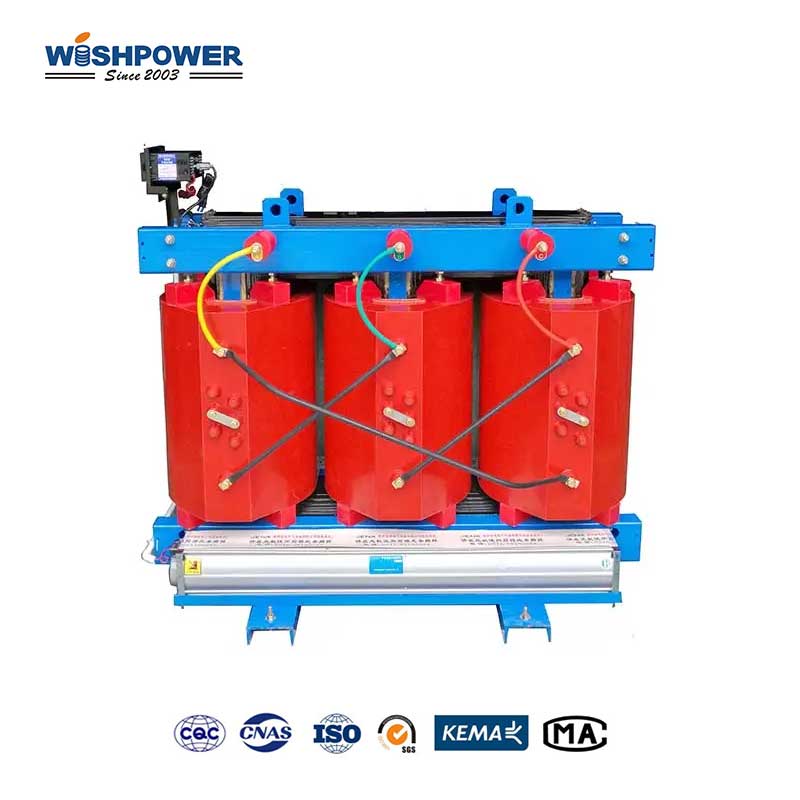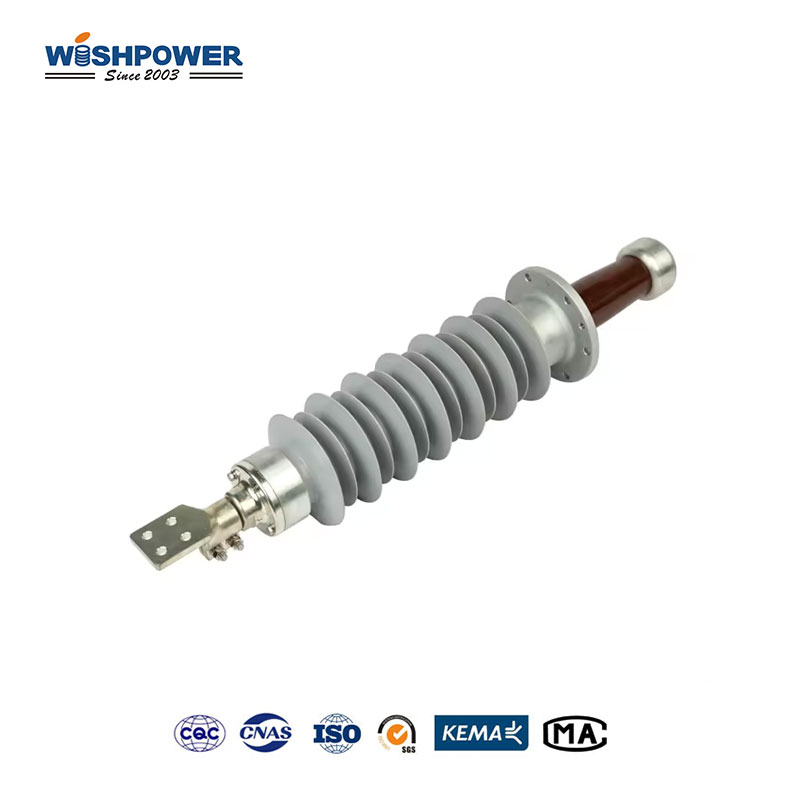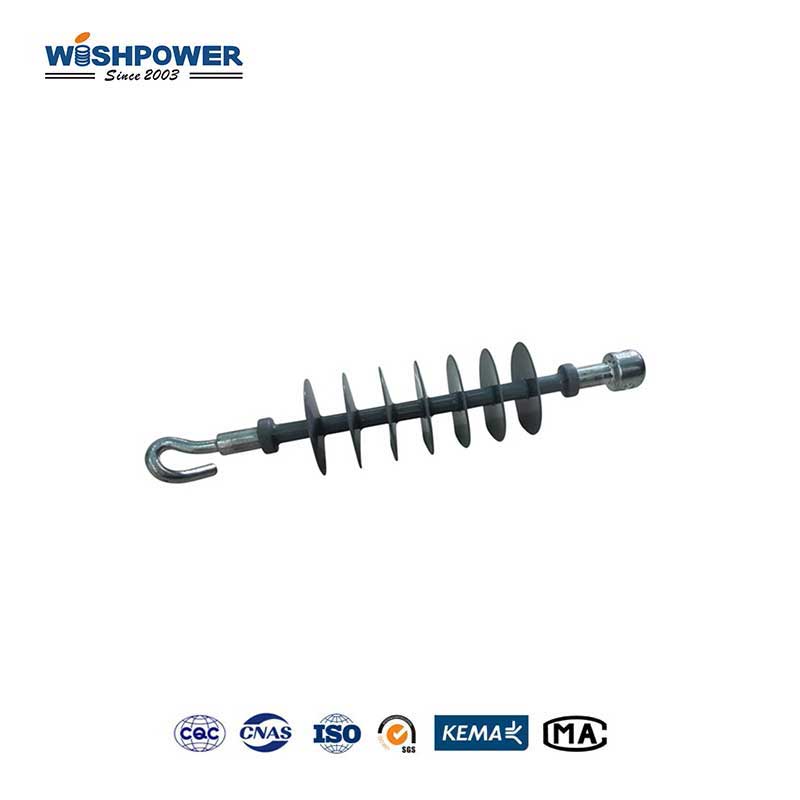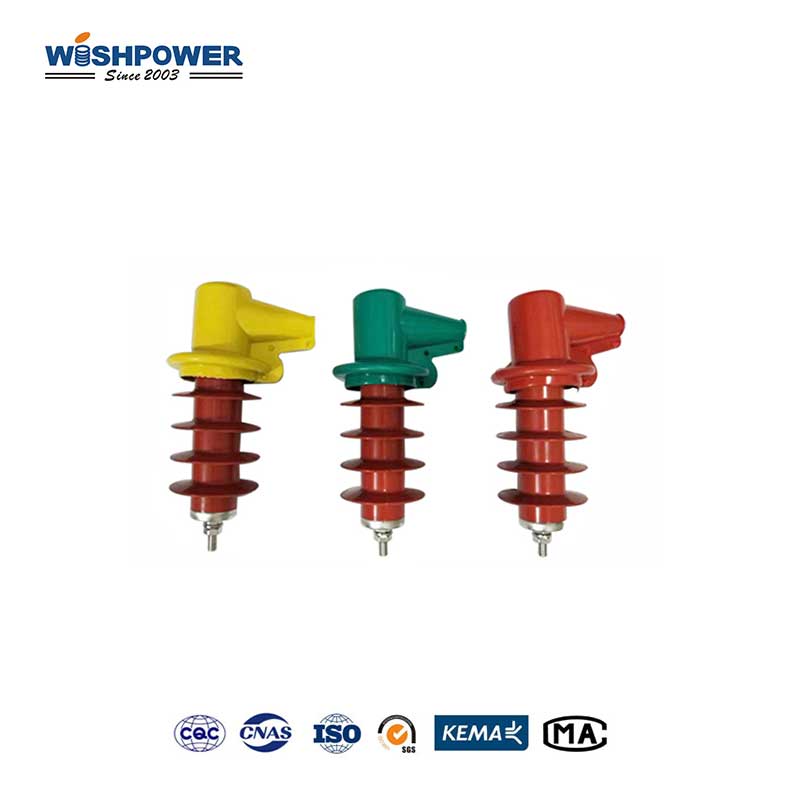Specification
|
Input
|
Rated voltage
|
Three-phase 380VAC
|
|
Voltage regulation range
|
± 15%
|
|
Frequency
|
50 Hz/60Hz
|
|
Output
|
Rated voltage
|
Three-phase 380VAC
|
|
Voltage stabilization accuracy
|
±1-5% Adjustable
|
|
Response time
|
≤1-10s Adjustable
|
|
Load current
|
456A
|
|
Capacity
|
300KVA
|
|
Waveform distortion
|
No additional waveform distortion (same as input waveform)
|
|
Efficiency
|
≥97% or above
|
|
Instruct
|
Voltage
|
Input voltage and output voltage digital display
|
|
Current
|
Output current digital display
|
|
Indicator Lights
|
Have
|
|
Abnormal
|
Over-voltage, under-voltage, phase loss, sound, and light alarm indication
|
|
Control method
|
DSP Computing and metering chip intelligent control technology
|
|
Way of working
|
With automatic voltage stabilization and long-term operation function
|
|
Cooling method
|
Oil-immersed self-cooling
|
|
Ambient temperature
|
-25~+40ºC
|
|
Operating temperature
|
-25~+55ºC
|
|
Insulation level
|
A
|
|
Protection level
|
IP67
|
|
Voltage adjustment method
|
Three-phase regulation
|
The table above is just one of our product parameters. If you want more information, please get in touch with info@wishpower.net
What is 3 Phase Induction Regulator?
The 3 Phase Induction Regulator is a special device that controls the voltage of the three-phase electrical system. It works by changing the voltage across its output terminals while keeping a voltage balanced in each of the three phases. The design of this regulator is specifically for applications requiring precisely controlled voltage in three-phase networks, i.e., industrial and power distribution systems. The principle of the operation is based on electromagnetic induction, and the regulator: includes not only a stationary primary winding but also a movable secondary winding, which is often mounted on a rotor. The induced voltage in the secondary winding changes as the rotor position changes, so that magnetic coupling between the primary and secondary windings is changed. This mechanism allows smooth continuous regulation of output voltage for all three phases simultaneously, maintaining uniform voltage across the phases. With its balancing regulation even when load conditions vary among the phases, it can deal with the intricacies of three-phase power.
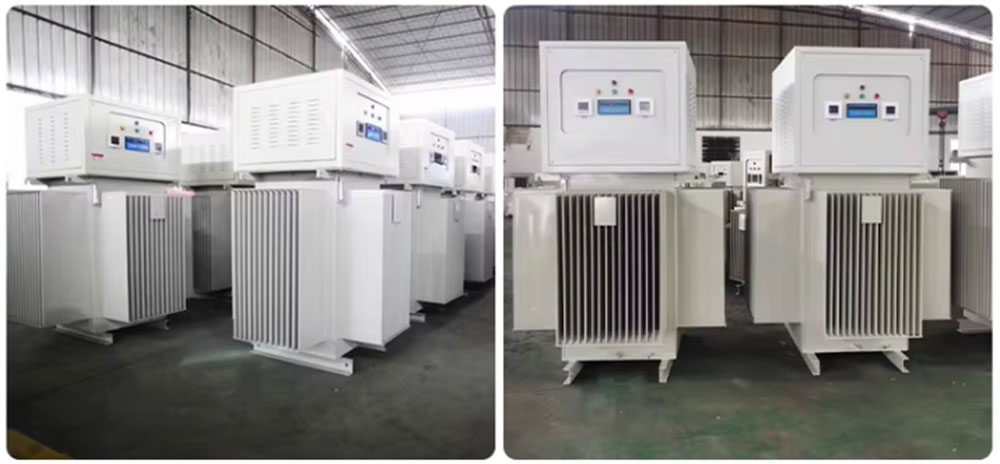
Induction regulator purpose
- Voltage Stability
The induction voltage regulator‘s purpose is principally to regulate the input voltage to produce a stable output voltage. In systems where machines or sensitive equipment might be adversely affected by voltage variations, this is essential.
- Balanced Three-Phase Output
This makes all voltages in all three phases the same to avoid phase imbalances. In industrial and power distribution applications, unbalanced voltages can cause inefficiencies, overheating, or equipment malfunction and this is essential.
- Protection Against Voltage Surges and Drops
The 3 Phase Induction Regulator protects electrical equipment from the damaging effects of voltage surges, dips, or variations by adjusting voltage in real-time improving system reliability and extending the equipment life cycle.
- Power Distribution Efficiency
A regulator is a device that minimizes power losses in a power distribution system by controlling voltage fluctuations to increase the power system performance and reduce energy consumption.
- Adaptability to Load Changes
As a regulator it responds to changes in load conditions and keeps the voltage free from changes in the number of supplies demanded, which makes it ideal for use in industrial environments, where the need for power is fluctuating.
Can a voltage regulator be used with a transformer?
Yes, the voltage regulator can be put to use along with a transformer, but they are different things. Though the primary purpose of a transformer is to raise or lower voltage between dissimilar voltage levels, it also serves the purpose of adjusting and taming the output voltage being used inside the system. In many applications, a transformer is used to lower the voltage to a desired level (e.g. reducing high transmission voltages down to a lower distribution voltage). Then it takes play to make sure the voltage is stable and balanced over the three phases, especially with applied fluctuating loads or varying input voltages. Complementary devices for many electrical systems they complement with precise voltage control and stability.
Daily maintenance
- Regular Inspection
Inspect the regulator periodically, then, for signs of wear, damage, or overheating. Inspect connections, as well as insulation, wiring, and external components for loose connections, or visually verify defects in insulation and external components.
- Cleaning and Dust Removal
Clean and free regulator of dust or debris. Dirt accumulated can cause the cooling process to work slower and become quicker too. Dust vents and other exposed areas using both compressed air or soft brushes.
- Lubrication of Moving Parts
If the moving parts of the rotor of the regulator are not properly lubricated, it will also require repairs. Friction and wear are reduced but not eliminated, to facilitate smooth operation and increase a device’s lifespan.
- Check Electrical Connections
Keep an eye on the electrical connections and examine them for corrosion, loss, or damage. Should you have electric faults or poor performance — tighten up any loose connections and replace corroded parts.
- Testing and Calibration
One checks whether the voltage regulation is according to the expected value and whether all three phases are balanced by doing periodic testing. Sometimes, the regulator needs to be calibrated to see that the output voltage is correct.
- Monitor Cooling Systems
Also check that any type of cooling system (for example, fans or heat sinks), is working. The regulator must be monitored regularly to keep it from overheating which can lead to equipment failure.
- Replacement of Worn Parts
In time, things like bearings, brushes, or some type of electrical contact will degrade. They break down and need replacing to keep the regulator in its optimal working condition as well as prevent breakdowns.
- Maintain Records
Maintain a detailed maintenance record of 3-phase voltage regulator Inspection and repair and replacement of parts. It allows for proactive maintenance planning by allowing others to know what the issues were when and what patterns of wear may indicate future difficulties.
Certificate

Factory

Hot Tags: 3 Phase Induction Regulator, Voltage Regulator, China, manufacturers, ISO factory, wholesale, KEMA, high quantity, best, price, low to high voltage






